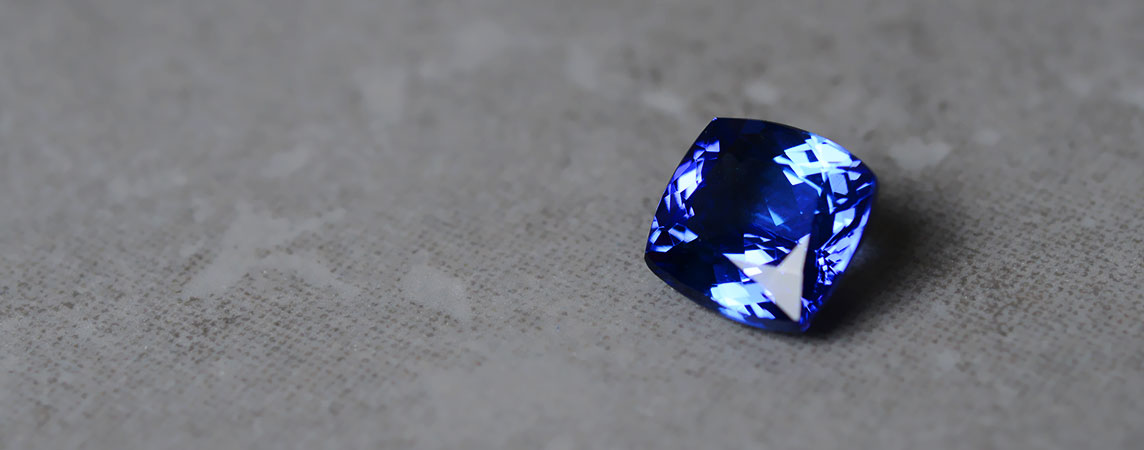TANZANITE
Tanzanite, the story of one of the most beautiful transformations of the 20th century. In its raw state, it appears as a striated, multi-faceted prism. It owes its dominant blue color to a chemical element called vanadium.
Legend has it that one stormy day, lightning struck a purple Merelani tree, setting fire to the Tanzanian savannah. The brown zoïsite crystals on the ground were heated to the core by the flames. Shortly afterwards, the Masai people discovered that these stones had magically turned intense blue! This beautiful transformation would later be known as tanzanite...
It is estimated that this stone was formed around 585 million years ago... But it wasn't until 1967 that this beautiful violet-tinged blue gem was discovered! This latest find seems all the more extraordinary given that there is only one known deposit in the world to date: at Merelani near Arusha in Tanzania. It was in this East African country on the edge of the Indian Ocean, close to Kilimanjaro, that tanzanite was born. The Masai people consider it sacred, as does its distinctive color, combining the blue of sapphire and the violet of amethyst.
Both unique and rare, tanzanite has gradually earned its place among the most coveted gems at Jewellery. The artisan jeweler Philippe Tournaire has incorporated it into sublime creations, putting it in the spotlight. And what a light it is! Sparkling tanzanite has the ability to play with light, revealing its deep blue, purplish hues or hints of burgundy.
Tanzanite technical data
Tanzanite is a member of the zoïsite family (like andalusite and thulite, for example). Until a few decades ago, zoïsites were associated with colors such as pale blue, green, brown, pink...sometimes even colorless. They were mainly used to make small sculptures. With the arrival of tanzanite in the family, another use for zoïsites was born, this stone being faceted and gem-quality. Tanzanite is a calcium-aluminium silicate that comes from veins in gneiss. In its rough state, it appears as a striated, multi-faceted prism. It owes its dominant blue color to a chemical element called vanadium. Its hardness is between 6 and 7, which means that lapidaries have to cut it very carefully to retain as much material as possible, while still revealing the most beautiful of colors. Without human intervention, tanzanite has brown hues.
It is common and accepted that most tanzanites are embellished by heating, which reveals their intense blue lustre.
As a result, the brown notes are greatly attenuated or even disappear. This process allows us to contemplate the gem in all its splendor, as different colors can be seen very distinctly in the same crystal, depending on the angle of view (this phenomenon is called pleochroism). Thus, from any given position, tanzanite can show us its most beautiful blue, or its pronounced shades of purple, violet...
The most popular tanzanites on the market are those with a very vivid blue or intense violet-blue to lavender color. There are imitations of this beautiful stone, given its fluctuating but growing success. As it comes from only one source in the world, supply does not always match demand. As a result, in the late 1990s, imitations began to appear. These include glass imitations and doublets with synthetic stones (such as synthetic fosterite).
The guarantee of uncompromising craftsmanship
OUR TITLES AND LABELS








